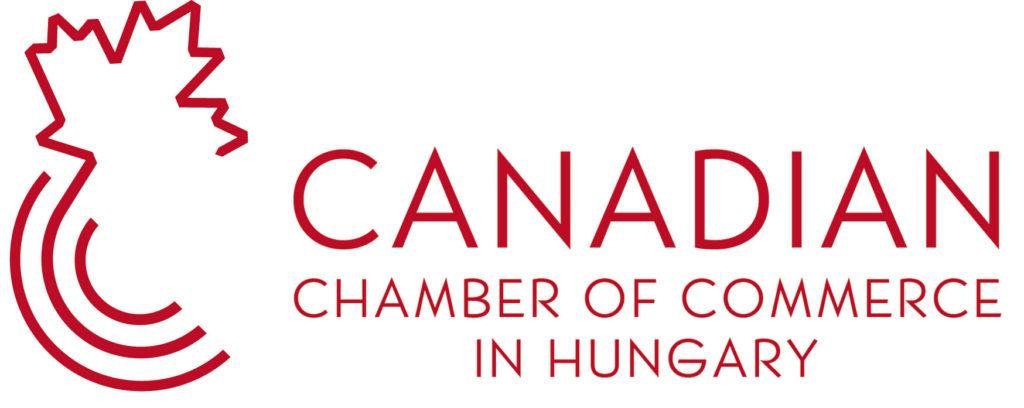As Canada seeks to safeguard its role within North American supply chains, mounting concerns over the so-called “thickening” of the Canada – US border are prompting renewed attention to trade intelligence. A recent Financial Post article sheds light on how current trade statistics fall short in capturing fast-evolving dynamics and how innovative data solutions may hold the key to counteracting growing barriers. The implications reach beyond North America, affecting international partners such as Hungary and the broader EU as they navigate transatlantic commerce through Canadian channels.
Outdated Trade Metrics in a Fast-Moving Economy
Canada’s official trade data, primarily compiled by Statistics Canada, suffers from a significant time lag, typically about five weeks. This delay creates a blind spot for decision-makers trying to respond to abrupt changes, such as the imposition of new tariffs, supply chain disruptions, or regulatory shifts. More critically, these statistics are rooted in traditional customs valuations, which often fail to reflect the complexity of modern supply chains.
Rather than capturing how goods move across borders as part of integrated production systems, current metrics focus on declared values at border checkpoints. This limits the ability of both businesses and policymakers to detect and respond to emerging trade friction in real time.
The Consequences of a “Thicker” Border
The term “thicker border” describes the increasingly bureaucratic and regulatory burden facing goods and services moving between Canada and the United States. While no single policy has caused this shift, the cumulative effect of customs delays, diverging standards and inconsistent enforcement is eroding the efficiency of cross-border trade.
This situation undermines Canada’s competitiveness in the continental market. As North American manufacturers evaluate their supply chains, delays and unpredictability at the border may lead to rerouting or reshoring of operations. These dynamics have particular resonance for EU and Hungarian firms using Canada as a North American entry point. The attractiveness of that gateway hinges in part on seamless Canada – US access.
Real-Time Intelligence: A Strategic Imperative
Experts featured in the Financial Post article advocate for a transformation in how Canada monitors trade. Danielle Goldfarb, a recognized voice in trade policy analytics, argues for integrating real-time data sources into national monitoring systems. These could include:
- Shipment and logistics tracking platforms
- Satellite-based transportation monitoring
- AI-driven analysis of firm-level and transaction-level data
- Digital freight and customs brokerage records
Such tools offer a dynamic view of trade activity and can reveal bottlenecks or shifts that static, lagging indicators cannot. Adopting them would enable faster, more responsive policy action and business planning.
Implications for Hungarian–Canadian Business Relations
For Hungarian exporters and investors operating in Canada or through Canada into the broader North American market, this shift toward smarter trade data presents both a challenge and an opportunity.
Risk Management: Improved early-warning systems could help Hungarian firms adapt to border slowdowns before they escalate into major operational issues.
Strategic Flexibility: With better data, companies can optimize routing, warehousing, and compliance strategies, ensuring more efficient integration into North American value chains.
Policy Engagement: Chambers of commerce, including the Canadian Chamber of Commerce in Hungary, can use such insights to advocate for clearer regulatory alignment and reduced administrative friction between Canada and its trading partners.
Conclusion
As the Canada – US border becomes increasingly complex to navigate, traditional trade data tools are no longer sufficient. Embracing real-time, AI-enhanced trade analytics will be essential to ensuring that Canada remains a competitive node in global supply chains. For Hungarian and European businesses relying on Canada as a commercial bridge to North America, these innovations are not merely technical upgrades. They are strategic necessities.
For the latest updates and insights on Canadian-Hungarian economic relations and merely Canadian economic news, follow the Canadian Chamber of Commerce in Hungary accross our platforms.
Written for the Canadian Chamber of Commerce in Hungary News Section as part of our ongoing coverage of developments affecting Canadian trade, economy and international partnerships, June 2025

